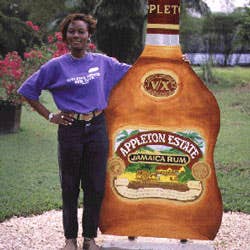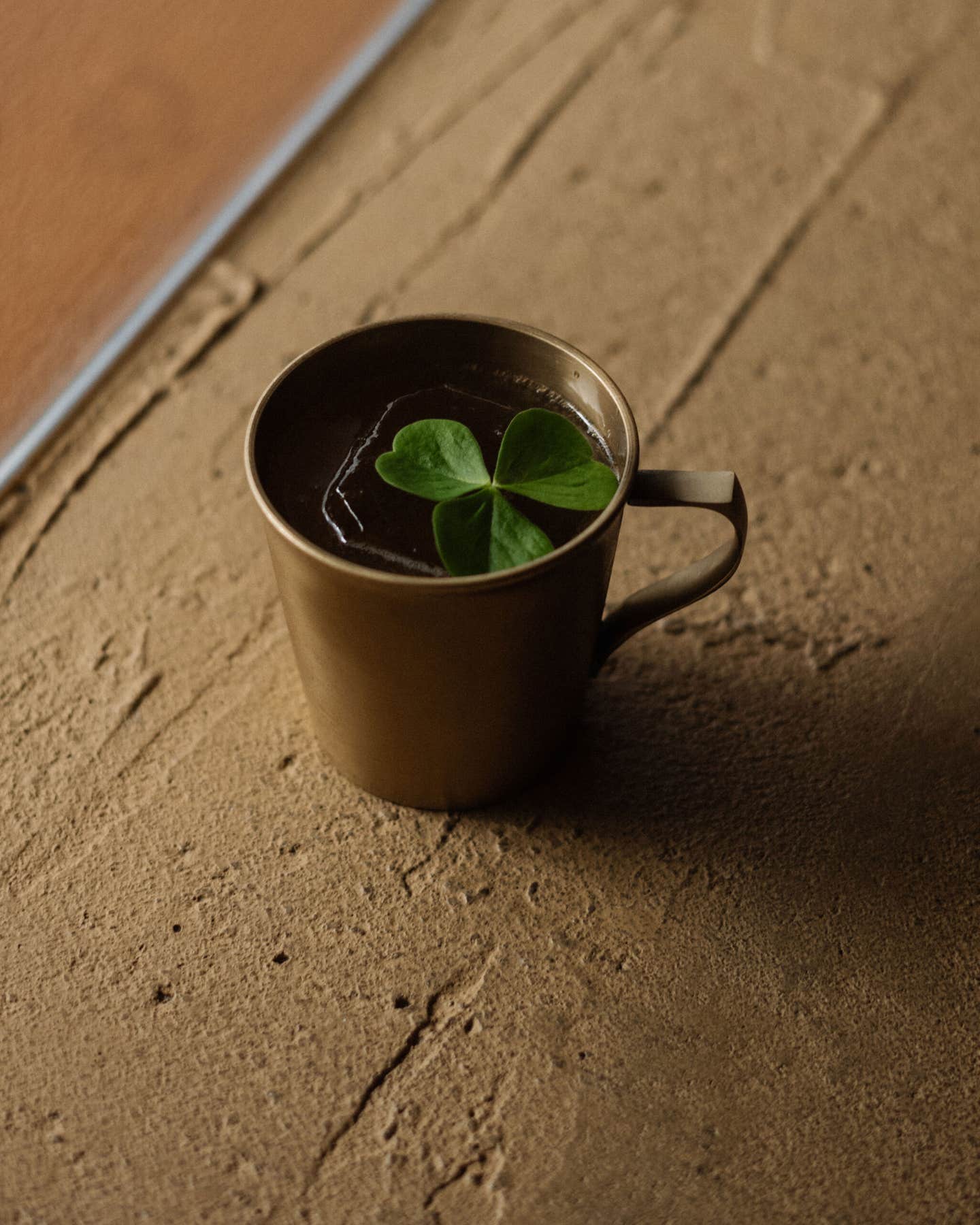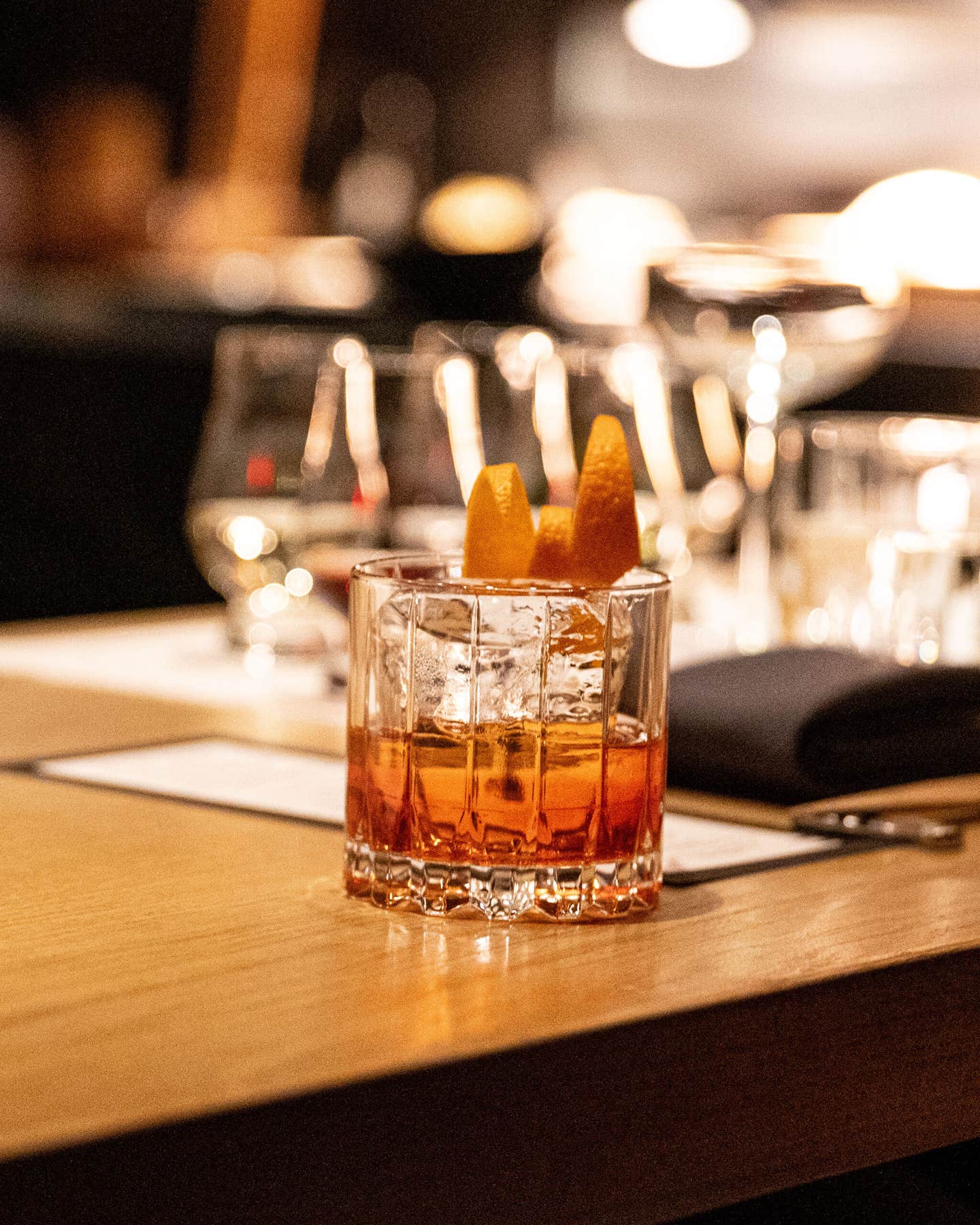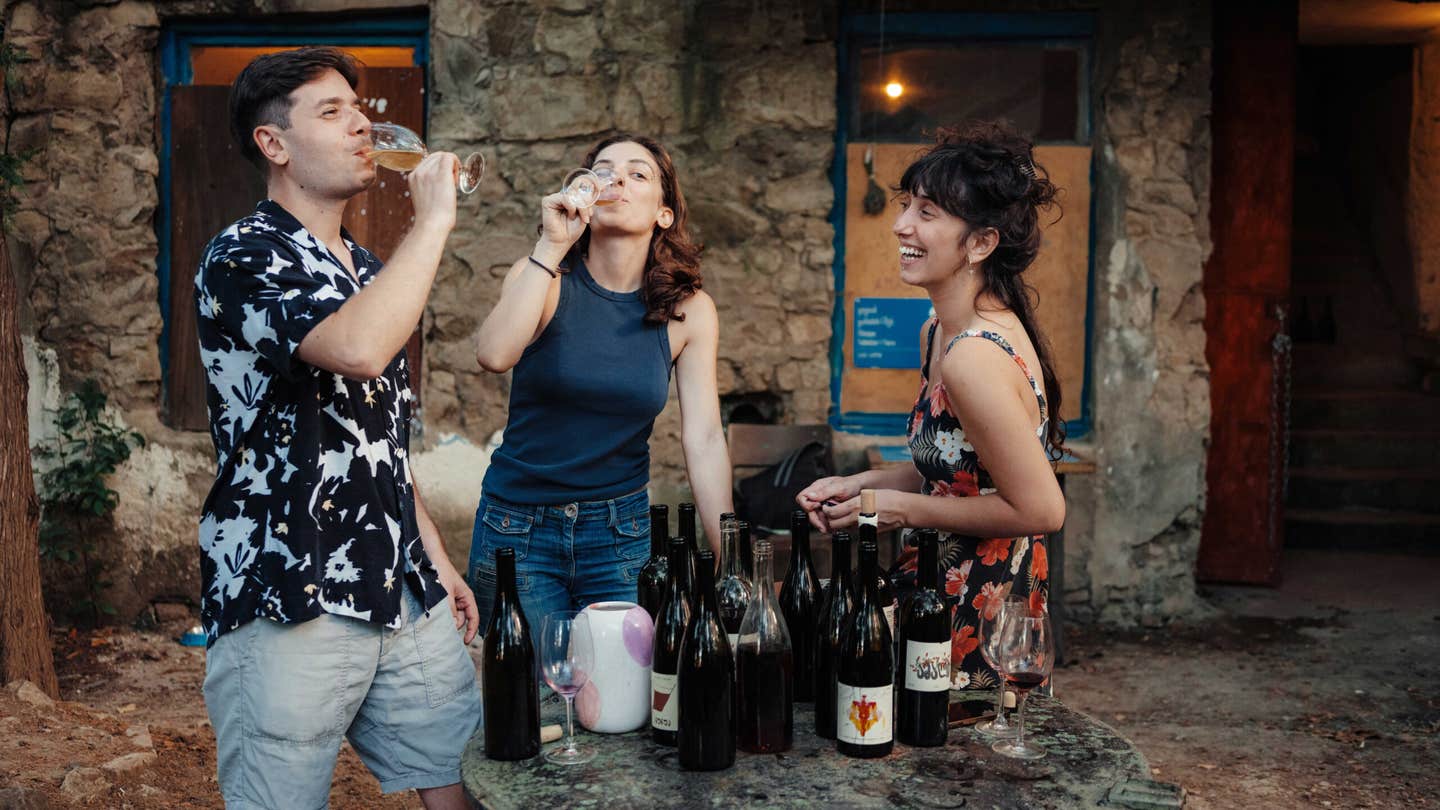
The Secret Spirit
Driving west from Kingston towards the Appleton Estate in the parish of St. Elizabeth, on the island of Jamaica, I come upon a fire by the side of the road, pouring thick black smoke into the air. Curious, I stop the car and walk over to where a small crowd has gathered. What is burning, I learn, is a dead cow. It was in such an advanced state of decomposition when discovered, it seems, that the local trash removers wouldn't touch it. The only solution was to set the carcass on fire. I get back into the car, roll up the windows, and plow through the smoke.
Surprises are common in Jamaica, and you never quite know what to expect—except that it will most likely be something unexpected.
With its often fiery foods, its highly charged reggae, and its bold, proud populace, Jamaica is a brazen and unsubtle place. It seems only natural, then, that rum, the country's most famous indigenous alcohol, should be assertive and uncompromising too. On previous trips to the island, I'd learned something about other aspects of Jamaican life; finally, I went back for the rum.
Rum, which is distilled from either fermented sugarcane juice or molasses (the intensely flavored syrup that is a by-product of sugarcane refining), is manufactured on almost every Caribbean island where sugarcane is grown. Sugarcane—a tall grass (Saccharum officinarum) probably native to India—was first brought to the Caribbean from the Canary Islands by Columbus. By the 17th century, sugar production had become the dominant industry in the Caribbean. The demand for sugar in Europe was virtually insatiable, and over it wars were fought and peoples were enslaved. For a sweet crop, sugarcane has an awfully bloody past.
Today, the Caribbean is far more renowned for its rum than for its sugar, and rum is a source of fierce national pride. There are many outstanding rums in the region, but to my taste, those of Jamaica stand alone. Traditionally full-bodied, they have an unusual, earthy flavor and an almost soothing, hypnotic effect, immediately evocative of the island itself. Jamaican rum is, for me, the standard.
Of the six rum distilleries in Jamaica, two are owned by Wray & Nephew, the island's principal producer of the spirit. The other distilleries sell most of their rum in bulk, for blending and bottling by other companies. Wray & Nephew bottles its own, under the Appleton Estate label and several others; its rums account for about 95 percent of that consumed on the island, and are exported to more than 60 countries.
In operation since 1749, the Appleton Estate is the oldest rum-producing facility in the English-speaking Caribbean. Covering 12,000 acres and turning out as much as 10 million liters a year, it is also the largest.
George Morris, the estate's general manager, is busy when I arrive: Tomorrow morning, the first of the year's cane crop is due to be cut, a few weeks earlier than usual because of an uncommonly wet rainy season, and there are preparations to be made. He does take a few minutes, however, to stress the importance of the estate's physical setting. "We're in a valley, on the banks of the Black River," he says, "and we use the river water to make our rum."
A pleasant young Jamaican woman who is one of the estate's two tour guides explains the production process to me as we walk the property. Jamaican rum is made exclusively from molasses, diluted into what is called a wash and then transferred to fermentation tanks. Yeast, taken from the blossoms of the sugarcane, is added to activate fermentation. The fermented wash is distilled in either pot or column stills. Appleton's ancient-looking pot stills, some of which have been in service since 1749, are shaped like large kettles with long, angled spouts; the sleek, modern column stills are tall, stainless-steel tanks. Both are used regularly, to produce rums with different characteristics. After distillation, the rum is stored for aging in charred casks of American and Canadian oak, in a large warehouse. Most Jamaican rum is aged for at least three years, and the longer it spends in the cask, the more it acquires color and a vanilla-like woody flavor from the oak.
Rum has borne its share of epithets over the years. It has been known as "demon rum" and "kill-devil." One critic, back in 1651, described it as "a hot, hellish and terrible liquor." But Owen Tulloch calls it something else. "Rum," he says, "is a friendly companion." Tulloch has considerable experience in the matter: He is Wray & Nephew's master blender.
There are eight categories of rum in Jamaica, classified according to the amount of esters (natural chemical compounds produced during distillation) that they contain. Esters are what give rum—and other distilled spirits—most of its flavor and fragrance. Within each rum category, there are countless varieties. Tulloch's job is to ensure a series of consistent products.
Tulloch, who works at the Wray & Nephew headquarters in Kingston, has been "nosing" rum for the firm for more than 50 years. He invites me to sniff eight different types of rum myself, ranging from a light, unaged, low-ester rum to a heavy, aged, high-ester sample. Each, I notice, has its own distinctive bouquet. The less fragrant, more neutral rums, Tulloch explains, are produced in modern column stills; the others are distilled in traditional copper pot stills. In the latter, he adds, more aromatic compounds are retained, so the resulting rum tends to be more robust. But pot stills are costly and time-consuming to operate, and many of the rum-producing islands of the Caribbean have abandoned them. Not Jamaica—which claims to use more pot stills for rum production today than any other country. "To operate a pot still is a skill that is handed down," says Tulloch. "It's a secret."
I hear more about secrets a few days later, when I meet Ian Sangster, chairman and managing director of Jamaica's smallest rum producer, Sangster's Old Jamaica Spirits, located at World's End in the island's famous Blue Mountains. "Each distillery has its own secret for flavoring," Sangster tells me. Some producers, he says, add pieces of chopped sugarcane to the fermentation vat. "And the wooden vats where the very heavy-flavored rums ferment," he continues, "are deliberately never cleaned, so there's a yeast bacteria culture that lives in the wood waiting for the next batch of rum. That also adds flavor." The blender's art, he says, is a specialized one, allowing considerable variation. His own Gold Deluxe rum is slightly fruity, with an unusual spicy nose—cinnamon? nutmeg?—and a very pleasant taste.
Appleton makes some wonderfully smooth and complex rums. Their elegant, rich, 12-year-old Appleton Estate Extra, for instance, with its intricate blend of flavors—nuts, fruits, and perhaps smoked wood—is good and delicate enough to be drunk straight, in a cognac snifter.
The best-selling rum in Jamaica by far, however, is Wray & Nephew's so-called white overproof—a middle-ester rum at a strength of 126 proof (which translates to 63 percent alcohol by volume). It's popular partly because it's a good mixer. But according to Morris, some Jamaicans like it because they have the idea that dark rum might not be good for them—that white rum is somehow purer. And tradition imputes to white rum an almost elixir-like power. Taken with honey and lime, for instance, it is believed to cure colds. It is used to christen newborns and to purify the dead. It is even said that if you are building a house and sprinkle white rum around the foundations, it will keep the duppies, or evil spirits, away. But if you drink too much overproof, of course, instead of ridding yourself of the duppies, you just might end up having a conversation with them. This is Jamaica, after all.
Keep Reading
Continue to Next Story










